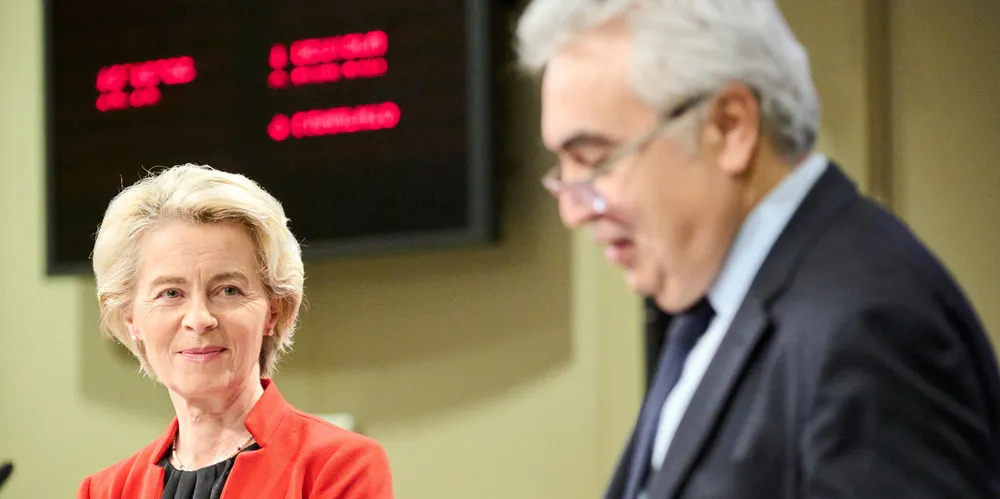First IEA critical minerals review finds demand soaring but market responding
Projects have proliferated but vulnerability to delay and over concentration means risk to climate targets is real, says International Energy Agency

Projects have proliferated but vulnerability to delay and over concentration means risk to climate targets is real, says International Energy Agency
